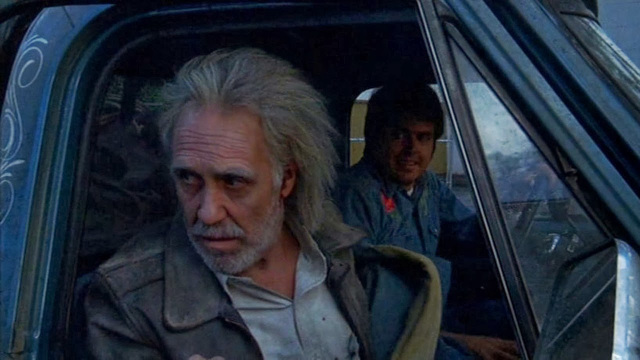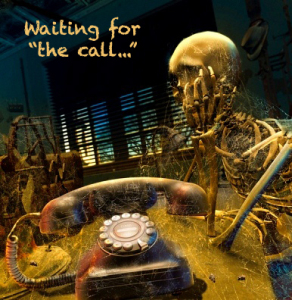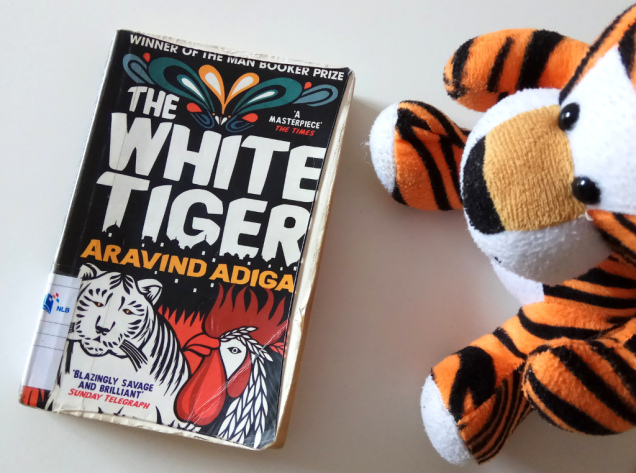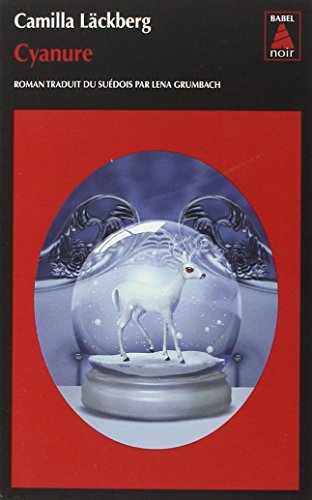The National Film Archive in Prague showed these two Jonathan Demme films on pretty scratched 35mm prints. Regardless of the quality, it was great to see Demme and Tak Fujimoto’s work on the big screen. My first time seeing both films! Some SPOILERS here.
It’s a good idea to go into Melvin and Howard knowing nothing about the film. I suppose I think that’s the case for nearly all films, but this one is particularly good with no background. So when Jason Robards shows up in the first scene and then has a long car ride with Paul Le Mat I was pretty sure, given the title and all, that he’d be in this thing front to back. I think that’s one of the great things about both of these Demme films (and I bet it’s one of the reasons why he wanted to make both of them): the structure is pretty unpredictable. It’s not just like flashback-unpredictable, or big-reveal-unpredictable, it’s more classically unpredictable: the scene-by-scene plotting doesn’t go the way that maybe the first few scenes predict they might.
I was really struck in Melvin and Howard by how long we spend in the car with the two title characters. Sure, in hindsight it’s obvious why, but in the moment it just feels like good chemistry and dialogue. I love Fujimoto’s photography in this film. The dusk shots feel so dusty and cool. There’s a real relaxedness to that opening atmosphere in the car.

The opening of the film actually reminds me of Scarecrow. A wide expanse, a character coming out of nowhere. Of course it also feels, appropriately, like a scene from The Master.
I was also pretty floored with Mary Steenburgen’s performance. I’ve seen her in Time After Time from the year prior, but she didn’t make a huge impression on me. I wonder if her character (the gameshow, of course, makes me think of this; but it’s also the fact that she’s smarter than we might stereotype her as upon first introduction) was an influence on Rosie Perez’s in White Men Can’t Jump.
Demme just feels like such a natural behind the camera. A scene between Steenburgen’s Lynda Dummar and her daughter Darcy (Elizabeth Cheshire) at a bus depot is such good comic blocking. He just seems to have such a feel for pace, both of character and dialogue.
Something Wild
That last line definitely holds true in Something Wild, which is ridiculously fun, showcases a lot of great performances, and feels like a screwball comedy of the 1980s. I could see Howard Hawks loving this script.
Great cameos from John Sayles and John Waters, and who can resist Ray Liotta’s tough guy, especially the wide open mouth laugh that feels like he’s holding something really evil in. He’s great in this.
The movie is also a good example of a film that’s musical, like, really musical, but never feels overpowered by score or soundtrack. I’m usually pretty aware of where music is placed and how it comes in and out of a scene, but in Something Wild I’d find myself surprised that music was or wasn’t playing frequently. I think that’s a testament to how well controlled the narrative is otherwise. I’m with Jeff Daniels and Melanie Griffith the whole way; every time it seems like the film is just going to go one way, it goes another: it’s going to be melancholy at Audrey’s (Griffith) mother’s house? Cut to a neon, hilarious school reunion. It’s going to be a sorrowful look at drinking ala The Lost Weekend or Barfly? Cut to a road movie. It’s going to be a light-hearted comedy? Cut to Ray Liotta.
I read an interview with Paul Thomas Anderson where he points out this film as the origin of Demme’s straight-to-camera close-ups. I can’t think of any in Melvin and Howard or Last Embrace, and I haven’t seen his others prior to this film. But the time it’s used here is so effective. That scene – Daniels’ Charles Driggs chained to a sink, Liotta’s Ray Sinclair dragging Audrey away – has such atmospheric camerawork.
Two that stick out: the camera pushing, low, after Ray and Audrey’s feet as she moves desperately away from his down the hallway, and the overhead track, from right to left, as Charles struggles under the sink. Both feel different than other moments in the film, and have an eerie sensibility.
Advertisements Share this:




